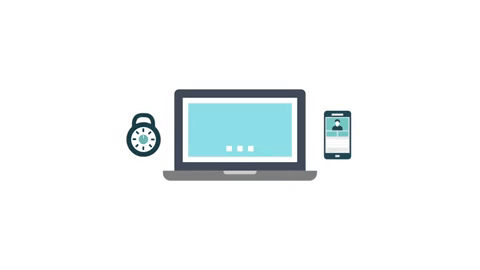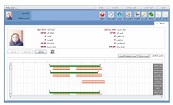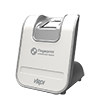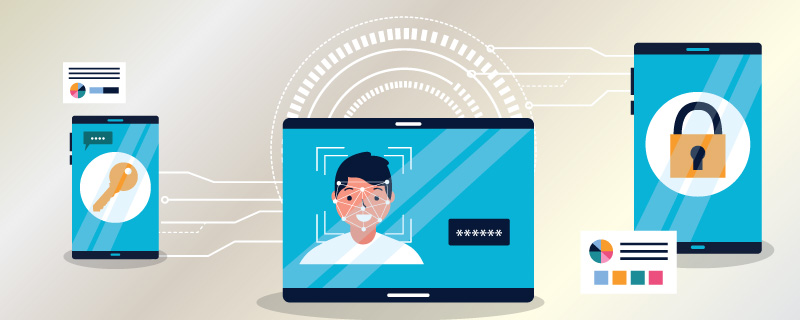Multi-factor authentication is a way of multilateral access control that a person can pass by successfully presenting two or three authentications and register their traffic.
The strategies of character confirmation are generally partitioned into the three following:
- User’s knowledge: things only the user knows such as passwords
- User’s possession: Something you have such as cards28
- Use characteristics of users themselves: Something you are such as your fingerprint
Knowledge factor
The most widely used method of authentication is information factors. In this case, the user required to prove knowledge of a secret, such as a password, for authentication. Authentication has many multi-factor, one of which is a password on which users rely. Passwords are phrases of characters use for user authentication, which is the most commonly used mechanism of authentication. Passwords, including both longer ones formed from multiple words and the shorter, are expected to memorize, but a PIN is numeric commonly used for ATM access. Lots of secret questions such as "Where were you born?" are poor examples of information factors since they may be known to a wide variety of people, or be able to be researched.
Possession factors
Possession factors include both connected and disconnected tokens. Connected tokens are devices that are physically connected to the computer to be used and transmit data automatically. There are several different types, including card readers, wireless tags, and USB tokens. Disconnected tokens have no connections to the client's computer. They typically use a built-in screen to display the generated authentication data, which is manually typed in by the user.
Inherited factors:
- Among multi-factor authentication, using biometric information is better than others from the user side, because of not requiring the user to remember something or carry around something. Additionally, there is basically no risk of theft or loss. With such features, biometric authentication is increasingly introduced to multi-factor authentication. Inherited factors are usually associated with the individual, and often involve biometric methods such as fingerprint sensors, iris scanners, and voice recognition. Requiring more than one independent factor increases the difficulty of providing false credentials. Two-factor authentication requires the use of two of three independent authentication factors, as identified above. The number and the independence of factors is important, since more independent factors imply higher probabilities that the bearer of the identity credential actually does hold that identity.
- Among biometrics, vein authentication can realize extremely high security from the viewpoint of prevention from spoofing compared with fingerprints, because it is easy to make a forgery of fingerprints or using their photographs. That is why vein authentication has been increasing to be introduced by multi-factor authentication.

Benefits of Multi-factor authentication
- First of the benefits of multi-factor authentication is the significant reduction in the chance of end-user identities becoming endangered. By adding an individual, time-sensitive factor to the authentication process, would-be hackers are stopped in their paths, even if they have a user’s password. This has the added benefit of peace of mind for companies; also, bring them their sensitive data is made safer by an extra security layer.
- Users remind the value of strong identity security by considering the time to enter their TOTP (time-based one-time password) token.
- In the future, opportunities to see vein authentication will increase, especially in fields requiring high security such as the educational field dealing with student’s personal information or the medical field dealing with patient’s personal information.
Related posts:







































































